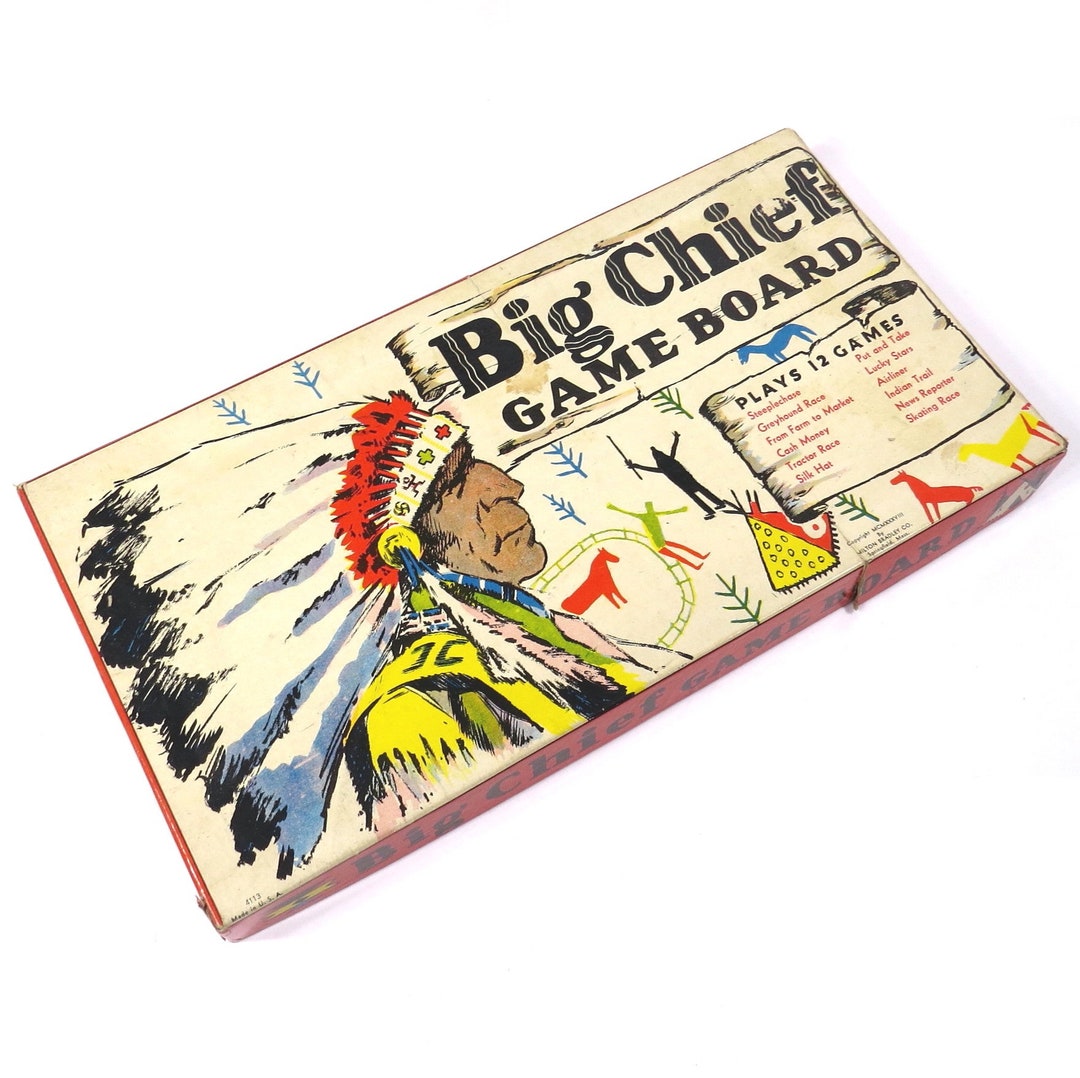TheAlkaizer
Game Designer 🇨🇦
Still, I'm not here to argue whether Native American or American Indian is the only "right" term. Because they both have their place, with some indigenous individuals preferring one or the other. "Indigenous American" or "Indigenous North American" or "First Peoples" are other options which I sometimes tap. And, like others have mentioned, the ideal is to refer to the specific nation.
It's not the same in every country. A few generations ago, in Canada (or at least the french-speaking part of it) the common term people used moved from Indians to Amerindians. Nowadays we use the term First Nations or autochtones which basically means Indigenous in English. It's just mind-blowing to me how the term Indian could still be used. We have a law here called something like (translating again) the Indian Act and there's a ton of discussions about updating it and changing the name.
There's also the matter of the names that the french gave to several cultures and the name they gave themselves. Many people still use the european terms (like montagnais) whereas they refer to themselves as Innus.


/pic207386.jpg)
/pic4716592.jpg)
:strip_icc()/pic75360.jpg)
/pic2547164.jpg)


